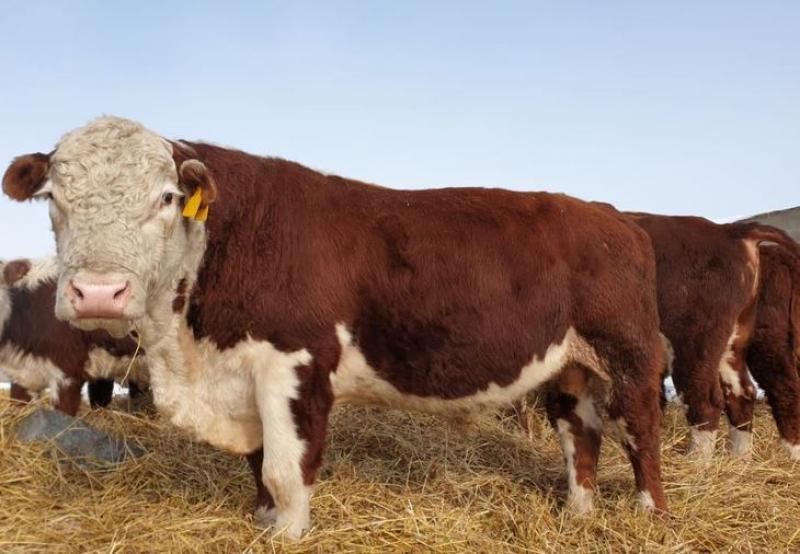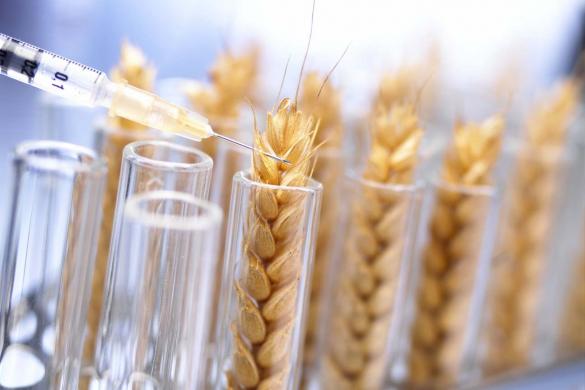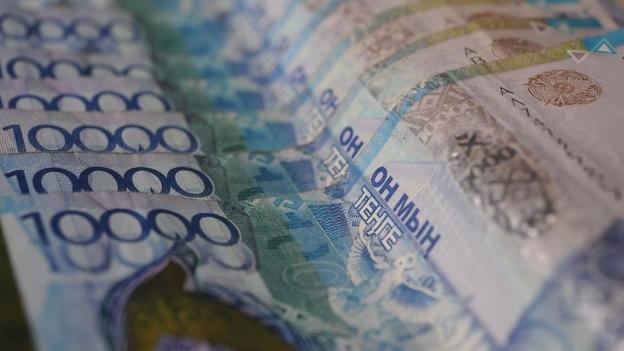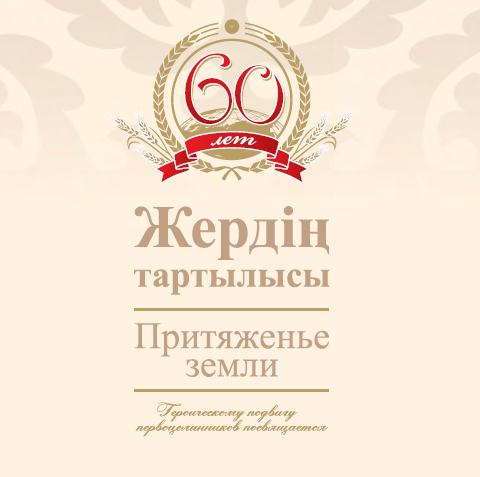
According to the Republican Chamber of the Kazakh white-headed breed, the number of Akbas in the country is 54.7% of the total number of beef cattle. Over the 70-year history of the domestic breed not only has it not lost the original genetic features, but also increased productivity and breed qualities, said the executive director of the Chamber Dauren Matakbayev in an interview with World of NAN.
How did the Kazakh whitehead come to be?
As Dauren Amanzholovich notes, the Kazakh white-headed breed was brought up in a relatively short period. In 20 years only, in the interval from 1930 to 1950. To obtain the new breed, scientists crossed Kazakh, Kalmyk cows and their crosses with Hereford bulls. It is important to note why the above-mentioned breeds were chosen to breed a new type of cattle. The point is that Kazakh and Kalmyk cows were perfectly adapted to the harsh natural and climatic conditions of the country, and the fast-maturing Herefords, in turn, were considered the best pasture breed capable of rapid acclimatization. The name "Akbas" - Kazakh white-headed breed was given to it by the Council of Ministers of the USSR on May 30, 1950. During those years, the main part of the stock and the best breeding herds were concentrated in the West Kazakhstan, Volgograd, Semipalatinsk, Orenburg, Tselinograd, Karaganda, Kustanay and Aktobe regions.
Advantages of Akbas
The Kazakh white-headed breed now forms the basis of domestic beef cattle breeding. The animals of this breed are unique in their adaptability to the conditions of the domestic sharply continental climate and are successfully bred in almost all climatic zones of the country. The Akbas are distinguished not only by endurance, but also by being not so picky about forage, a superb weight gain and high meat productivity. The breed quickly adapts to pastures with different herbage. At birth, young bulls can weigh from 27 to 30 kg. The weight of the adult bulls is 800 to 900 kg, some reach 1100 kg. Cows weigh 500-550 kg, some individuals can gain up to 780 kg. With intensive fattening, bulls at the age of 18 months have a live weight of 540 - 550 kg, and the slaughter yield of meat is 62-64%.
The number of akbasses now
In recent years, the country has achieved positive developments in the beef cattle breeding industry. Especially in terms of increasing meat production and animal productivity. According to the head of the Chamber, as of January 1, 2012, 15 breeding stud farms and 133 breeding farms with a population of 78,157 heads were engaged in breeding of the Kazakh white-headed breed. Today (January 2022), there are about 500 thousand pedigree animals. The number of breeders - members of the Chamber has increased to 587 agricultural formations and farms. Over the past ten years, the number of breeding stock of akbas has increased by 268 thousand heads, and productivity has increased by 12-17%.
 Improvement of genetics - to the forefront
Improvement of genetics - to the forefront
The livestock industry got a boost from 2012 with funding from the state and MoA, Dauren Matakbayev said. Much attention has been focused on beef production and breeding.
"Support for cattle breeding has brought real results. Due to the improvement of breeding activities, from 2012 to 2021, the herd and quality of productivity of the Kazakh white-head have improved, and the share of breeding stock has increased by 69.7%. Efficient technologies in cattle breeding have led to the fact that the live weight of cows increased by 32 kg, "- says Dauren Amanzholovich.
The work to improve genetics continues even now. Currently, to test steers on their own productivity in 4 advanced farms of Western, Northern and Eastern Kazakhstan and Akmola region, with the participation of the Republican Chamber we introduce Grow Safe Systems technology - accounting system of individual feeding of steers. It allows identifying the best bulls by genotype. Work is carried out to distribute all farms engaged in breeding animals into 4 classes.
The first class will include farms with the best genetics and infrastructure (similar to breeding plants). The second class will include farms with average genetics and a certain list of infrastructure (like a breeding reproducer). The third class will include farms with weak genetics (similar to a breeding farm) and the fourth class will include farms which are engaged in commodity breeding of akbas. In general, according to the Chairman of the Chamber, at the present stage all the work is aimed at increasing the genetic potential of the Kazakh white-head.
Akbas - international fame
The last years the national chamber has been actively working on promotion of akbas as a brand abroad. To popularize the Kazakh whitehead, it is planned to create an international council on the breed with the signing of a memorandum between several countries.
"To date, we have developed a draft memorandum and is under approval by the parties. I would like to note that this memorandum has been preliminarily agreed with such countries as Estonia, China, Mongolia, Russia and Uzbekistan. These countries are interested in increasing their livestock of our Kazakh breed. Work in that direction is ongoing," Dauren Matakbayev says.
Helping breeders
The Republican Chamber coordinates breeding and pedigree work in the herd, informs breeders about new programs, services, technologies and directions for improving the breed's genetics. Breeders annually participate in international exhibitions and seminars, where they present the best animals of the breed, exchange experience with domestic and foreign specialists. The Chamber assists agricultural producers in selling breeding products, and in turn breeders successfully participate in the program of beef production and export. Leading breeders of the country today can supply the market of other countries with more than 2000 thousand high-productive breeding animals of Kazakh white-head.






































 Improvement of genetics - to the forefront
Improvement of genetics - to the forefront





Обсуждение